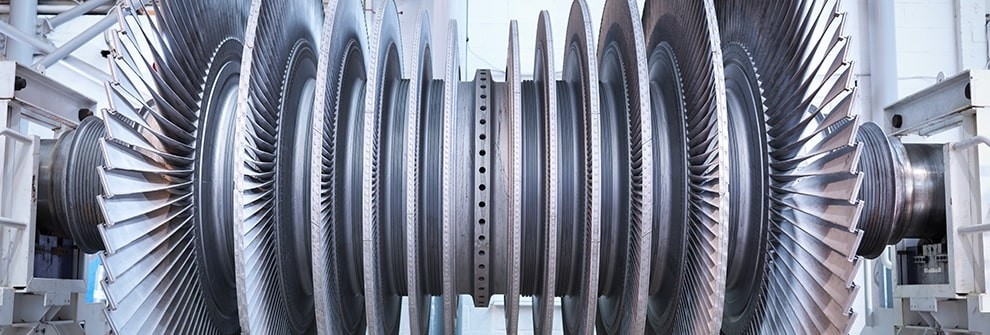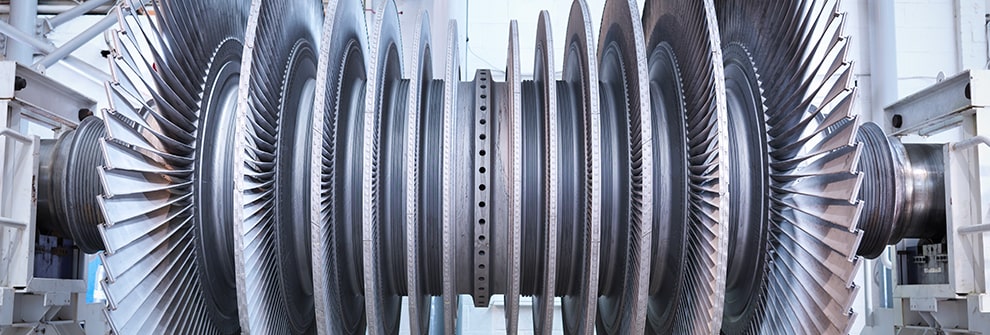What are the issues that create Varnish?


Varnish gets created as a result of a chemical reaction inside the oil which then leads to a new formation being created that is completely different from both the oil and its additives. Varnish begins as an acid, which is usually caused by a reaction of the oil’s additives as they become consumed as it degrades.
Some types of deposits are hard and tenacious, others sticky, and still others soft and thick, commonly referred to as sludge. What they all have in common is they typically originate from the breakdown or degradation of the oil in the system. Varnish usually forms and sticks in areas that are either very hot or very cool and stagnant.
The intense friction in power turbines for instance, heat, and air-intake during the operation cause oxidation of the oils used which results in the formation of acids, polymers, and other insoluble deposits. larger gas turbines in general are more prone to varnish formation so when you get heat in the bearing that does not dissipate quickly, the result becomes oil breaking down fast whilst still inside forming varnish.
Varnish also ends up forming on metal surfaces like piping, gas regulation valves, filters, strainers, and heat exchangers. That sticky film of varnish continues to capture other particles in the turbine system which builds up over time and ends clogging the oil flow strainers, filters and other orifices.
Some equipments are more susceptible than others, turbine’s hydraulic system is a great example of that. The hydraulics control the gas valve that manages the amount of gas fed to the unit that affects the speed and power of the system – the circulation oil in the turbine itself is the same as the hydraulic oil for the unit. So if varnish is an issue the gas valve will likely improperly fluctuate causing a trip . Valves are considered one of the most likely components to need replacement due to varnish.
Filters are one of the first options when it comes to dealing with varnish. They’re very effective in removing varnish but only the insoluble form. The soluble form however tends to remain in the system and can lead to the formation of new deposits.
There are various options out there to help deal with varnish buildup, the steps needed to ensure it does not form in the first place and an effective approach on how to remove it completely. That is why we have undertaken extensive and rigorous real-world testing in high-risk environments, where failure would be extremely costly, to ensure our customers had a product that could rely on with confidence.
Contact your Caltex Lubricants representative to learn more about varnish removal solutions.





























